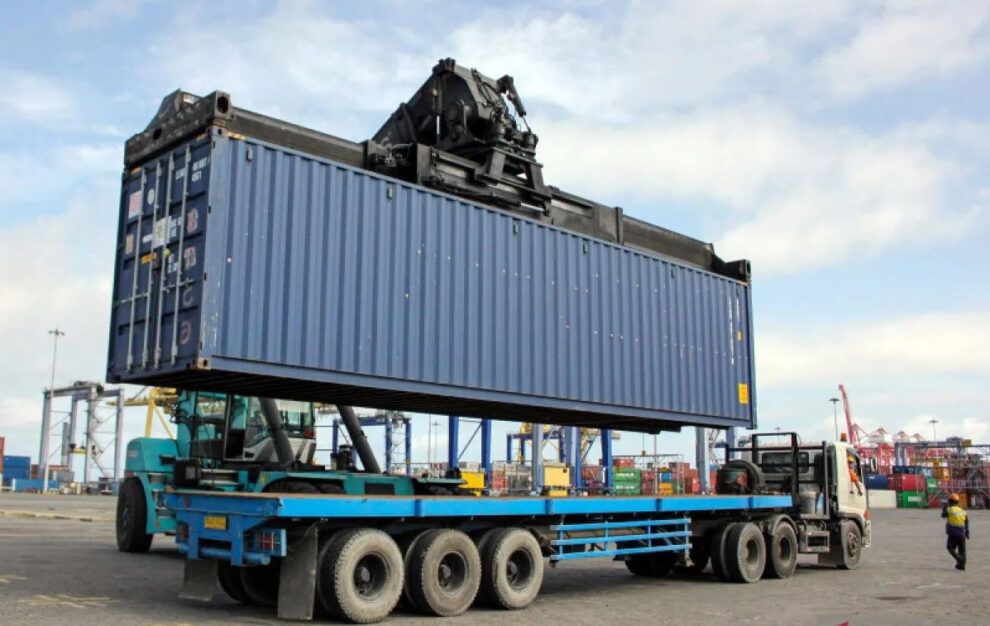OVER the past decade, Asean has emerged as a global standout in attracting foreign direct investment (FDI).
Its consistent economic growth, favourable demographics and strategic location have burnished its allure for investors.
The presence of the Asean Economic Community (AEC) further amplifies this attraction by fostering regional integration.
The AEC’s admirable initiative to create a unified market and production base aspires to spur economic growth, increase competitiveness and attract more investment to the Asean region as a whole.
Alongside these regional benefits, each member country continues to present its own unique blend of opportunities and challenges.
Therefore, a nuanced approach remains invaluable for investors: one that capitalises on the advantages of a unified market, while also navigating the specific economic, political and social intricacies of each nation.
While some Asean nations have rapid economic growth and political stability, others may have infrastructure gaps, political uncertainty and regulatory complexities.
For instance, Singapore, with its world-class infrastructure and pro-business policies, offers a prime destination for investors seeking a robust financial ecosystem.
Conversely, countries such as Cambodia or Myanmar may present untapped potential, but also require thorough assessment of the political landscape and governance frameworks.
The one-size-fits-all approach to investment strategy is unlikely to be as effective as strategies that acknowledge the strengths and vulnerabilities of each country.
Investors looking to any market in Asean must consider factors such as economic outlook, including gross domestic product growth, inflation rates, fiscal and monetary policies, along with the political and regulatory environment, market size and demographics, sectoral opportunities and risks, regulatory compliance, and legal considerations.
A growing focal point for investment deliberation is environmental and social sustainability, in line with global emphasis on responsible business practices and climate change mitigation.
Governments are progressively adopting policies that underscore environmental and social stewardship.
As Indonesia’s first and only sovereign wealth fund, Indonesia Investment Authority (INA) has directly witnessed this robust investor interest.
Indonesia is Asean’s largest economy and home to a burgeoning middle class, making it ripe for substantial economic expansion in the coming decades.
Formally established at the end of 2020 and operational by February 2021, INA has concentrated its efforts on four pivotal sectors: infrastructure and logistics, digital technology, healthcare, and green energy and transformation.
With an initial capital of US$5bil, INA had garnered more than US$27bil in co-investment commitments by the end of 2023, achieving a total asset under management of US$9bil and a total deployment of US$3bil.
These investments come from a diverse range of sources, including sovereign wealth funds, pension funds, asset managers and strategic partners globally.
Given Indonesia’s archipelagic geography, the government is keen on bolstering infrastructure to facilitate inter-island connectivity, logistics and economic cohesion.
Investors, therefore, find opportunities in sectors like transportation, ports, airports and telecommunications.
The sheer scale of this growth, along with Indonesia’s robust domestic market, abundant natural resources, and commitment to economic reforms, are proving attractive for investors, particularly overseas governmental and institutional investors.
While Indonesia presents a wealth of opportunities for investors, familiarity with local norms and practices, local markets and market players, regulatory environment and government engagement is essential.
INA’s investments have the dual mandate of long-term commercial returns and sustainable development of strategic sectors in Indonesia.
To that end, INA always strives to have management influence to deliver value from both business and governance aspects of its investments.
For example, INA’s role in its minority interest in Kimia Farma, a key pharmaceutical distributor in Indonesia, comes with its ability to provide additional stakeholder view and guidance aimed at enhancing performance and returns.
Similarly, INA investment into Indonesian ports together with DPWorld as a strategic partner, aims to bring international best practices into the operational workings of the relevant Indonesian ports’ investment.
INA serves as an essential resource for investors, offering insights into market trends, regulatory norms and investment processes.
It acts as a liaison with government agencies and other key entities to ensure that investors have a comprehensive understanding of the policy landscape.
Risk mitigation tools and guarantees are also part of INA’s toolkit, designed to bolster investor confidence and facilitate a conducive investment climate.
A customised investment strategy is not merely prudent but indispensable for tapping into Asean’s abundant opportunities.
By diversifying investments and forging partnerships with local entities, investors can not only mitigate risks but also play a part in Asean’s journey toward sustainable and inclusive growth. — The Jakarta Post/ANN
Marita Alisjahbana is chief risk officer at Indonesia Investment Authority. The views expressed here are the writer’s own.
Source : The Star










